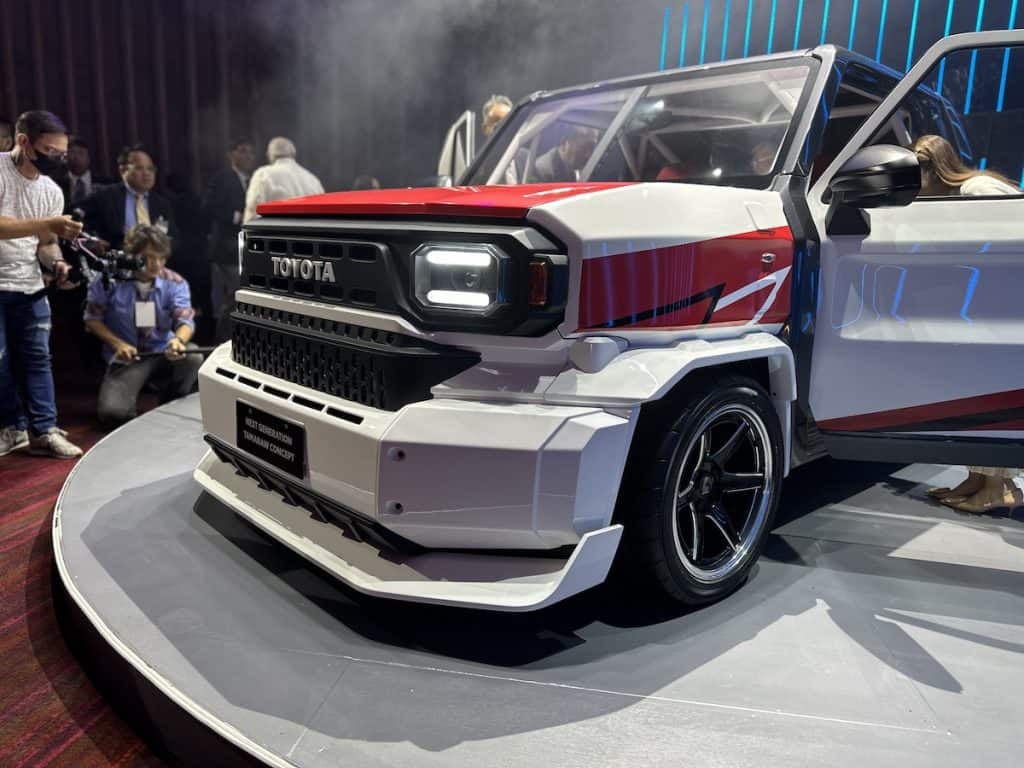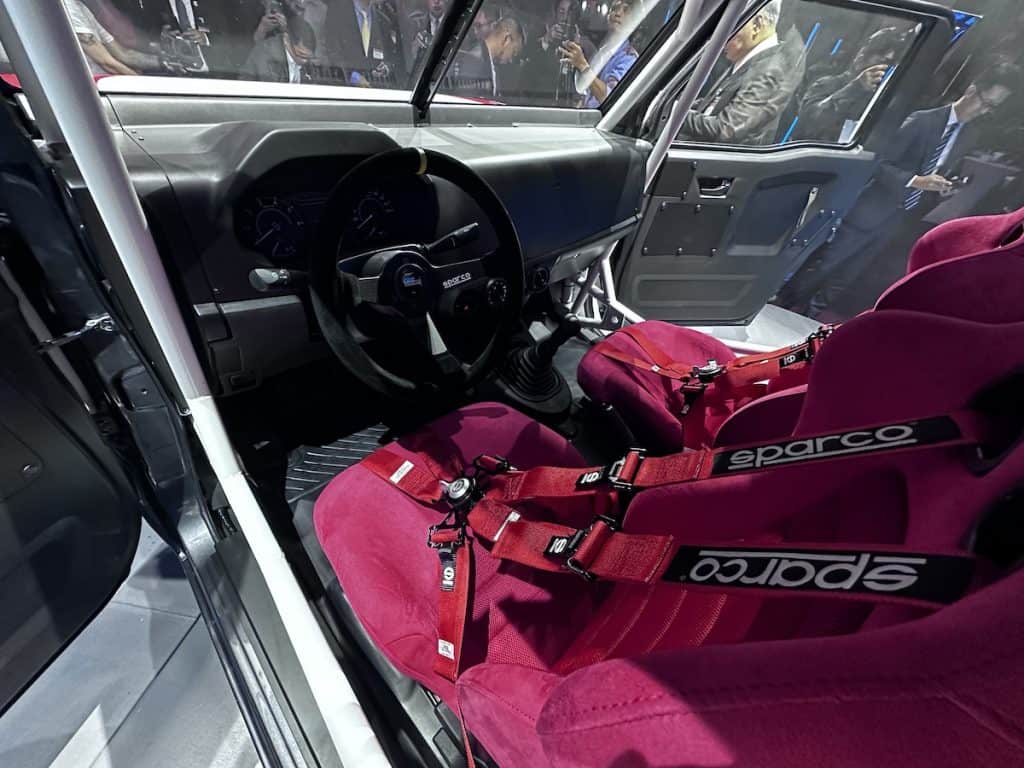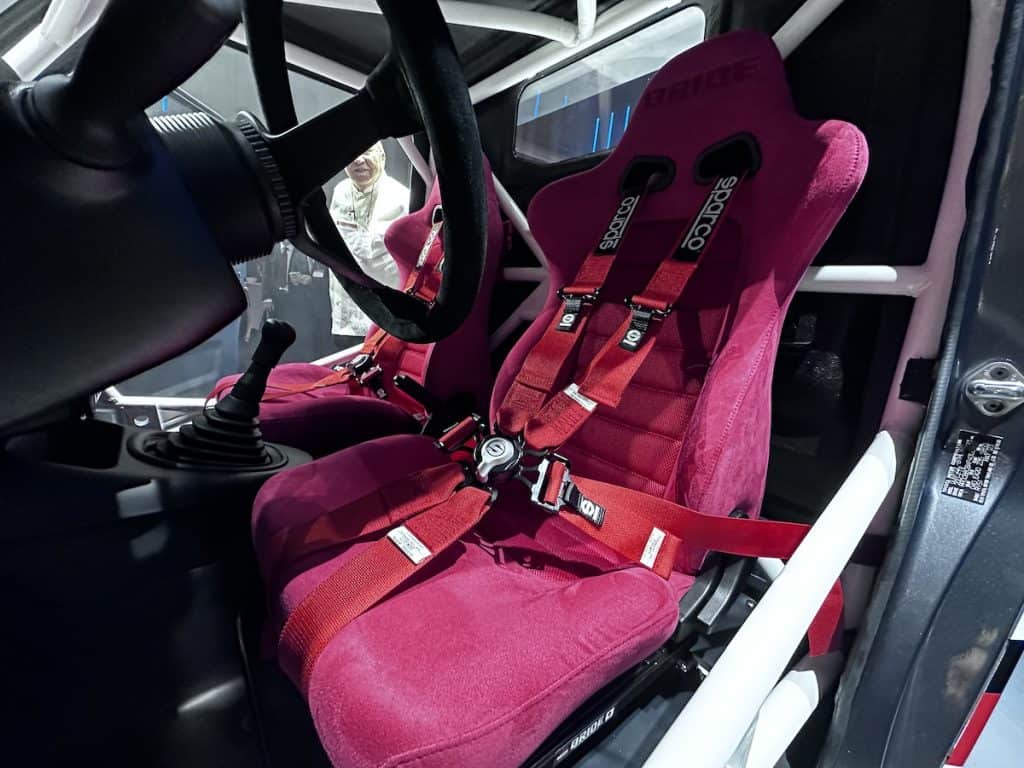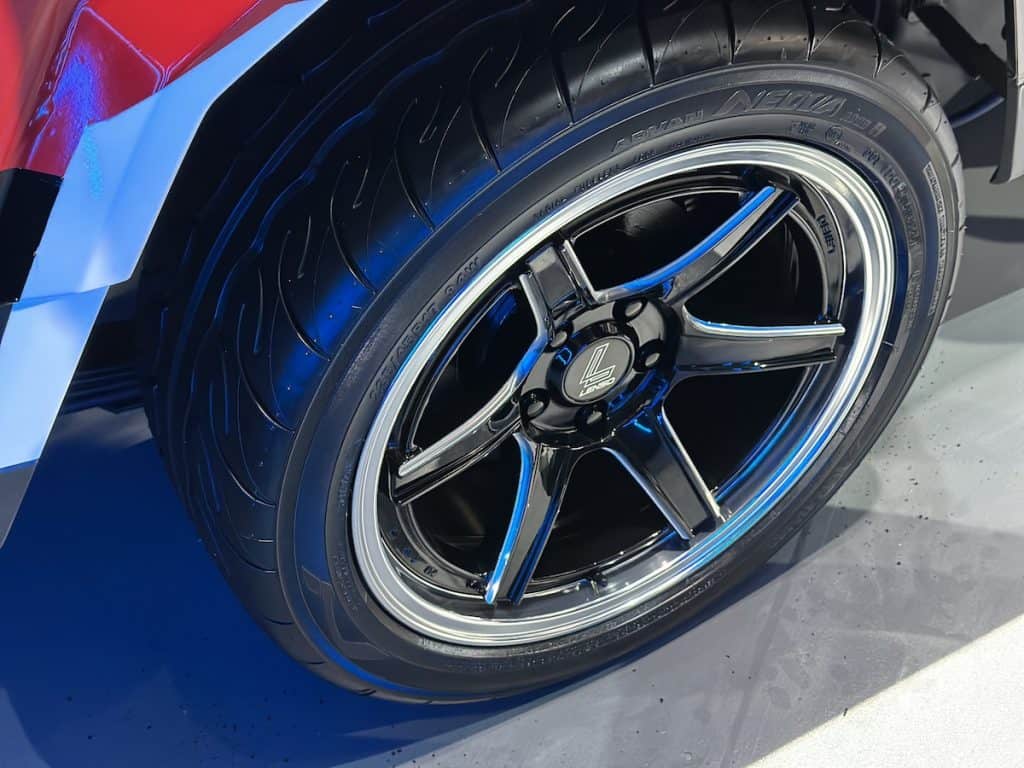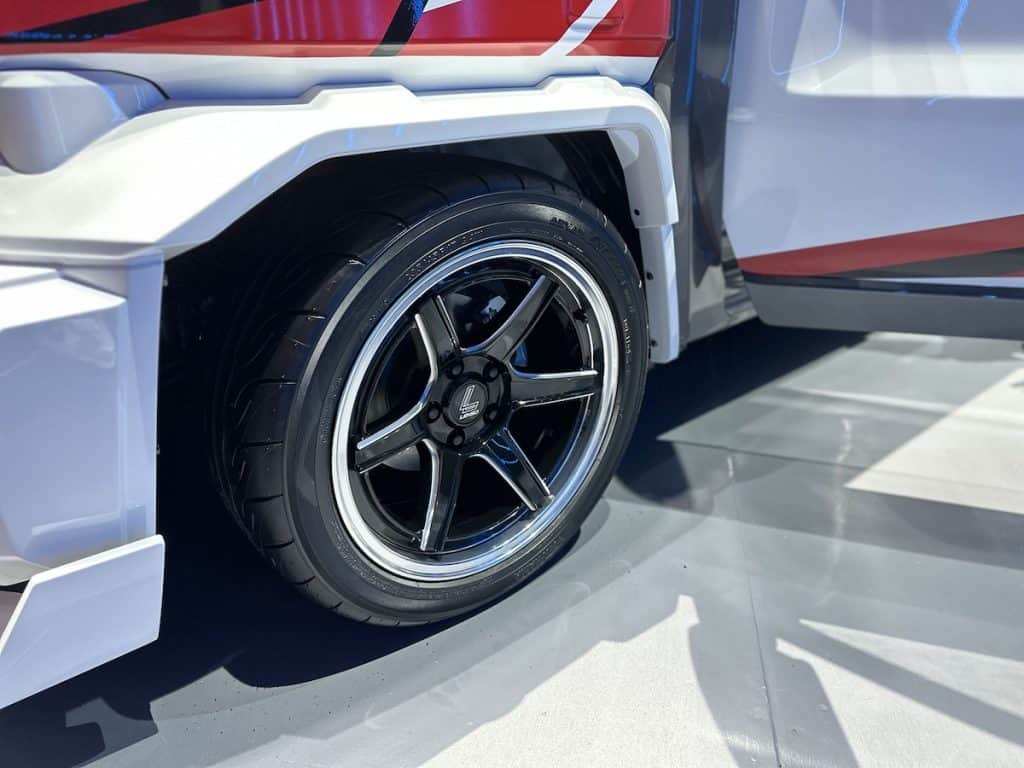Toyota Motor Philippines is celebrating its 35th anniversary this year. As the country’s undisputed number one car company, TMP has a lot of things to celebrate, and they’re quite obvious in the bevy of activities coming from the company in the past few months.
But probably overlooked by many is how TMP is looking back to its roots in its bid toward a progressive future.
Announced during TMP’s formal celebration, the company is bringing back the Tamaraw nameplate. Anyone in their twenties will surely know about the venerable Tamaraw, but its return isn’t just about nostalgia; it’s a reflection of the Filipino culture, embedded within decades of history of successes and failures.
How it all started
The story of the Toyota Tamaraw began in the early 1970s, a time of global change and progress, when Toyota embarked on a journey to create a vehicle that would not only endure the rugged terrains of the Philippines but also capture the hearts of its people. The result was the birth of the Toyota Tamaraw, a vehicle that would become a symbol of resilience and reliability.
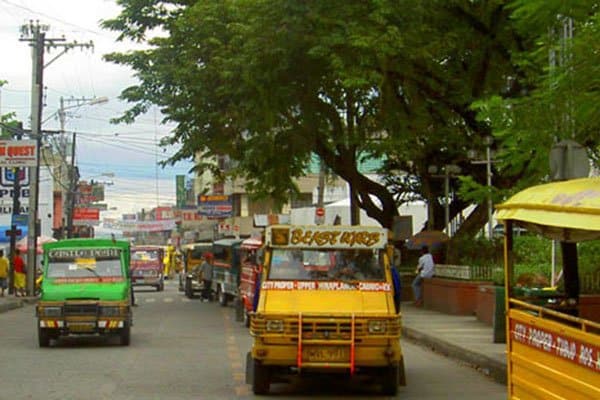
Named after the Tamaraw, a sturdy buffalo native to the Philippines, the vehicle was designed to tackle the challenges of the country’s diverse landscapes. From bustling city streets to rough rural roads, the Tamaraw was engineered to conquer them all. Its robust frame, coupled with advanced engineering, made it an ideal choice for the Filipino people who needed a dependable mode of transportation in both urban and rural settings.
The Tamaraw quickly became a staple of Filipino families and businesses alike. Its adaptability and durability made it a trusted companion for countless journeys. Whether it was used to transport goods across rugged terrains or to ferry families on memorable road trips, the Tamaraw’s versatility made it a part of the fabric of Philippine society.
As the years went by, the Tamaraw evolved. Technological advancements led to improvements in safety, comfort, and efficiency. The introduction of diesel engines not only enhanced fuel efficiency but also aligned with the growing awareness of environmental concerns. Despite these changes, the core values of resilience and reliability remained unchanged, ensuring that the Tamaraw continued to thrive in a rapidly changing automotive landscape.
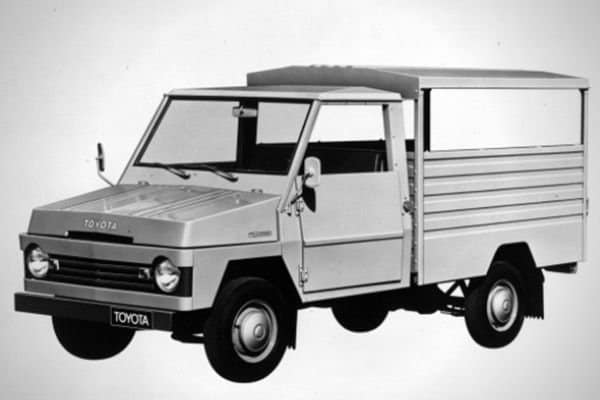
The Tamaraw also found its way into the hearts of generations. Memories were forged within its sturdy embrace – the laughter of children on family vacations, the determination of entrepreneurs building their businesses, and the journeys of people chasing their dreams. It became more than just a vehicle; it was a witness to the stories of countless lives.
Over the decades, the Tamaraw garnered a loyal following, creating a sense of community among its owners. Car clubs dedicated to the Tamaraw sprung up, bringing together enthusiasts who shared a common appreciation for its enduring qualities. These clubs became platforms for sharing stories, tips, and experiences, fostering a sense of camaraderie among members.
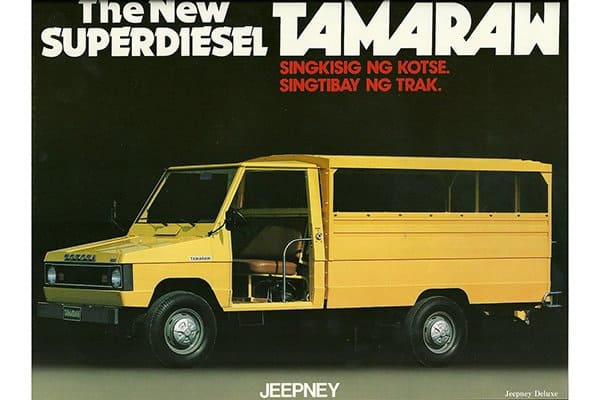
The legacy of the Toyota Tamaraw continues to thrive to this day. Its story is one of innovation, adaptation, and the unbreakable bond between a vehicle and the people it serves. From its humble beginnings as a durable workhorse to its status as a beloved cultural icon, the Tamaraw stands as a testament to Toyota’s commitment to crafting vehicles that endure the test of time, just like the resilient spirit of the Filipino people it has faithfully served.
The Future
With a substantial Php 4.4 billion investment, TMP had already laid the foundation for the Tamaraw’s return. But the revelation that truly set hearts racing was the decision to produce the next-generation Tamaraw as Completely Built Units (CBUs) within the Santa Rosa plant.
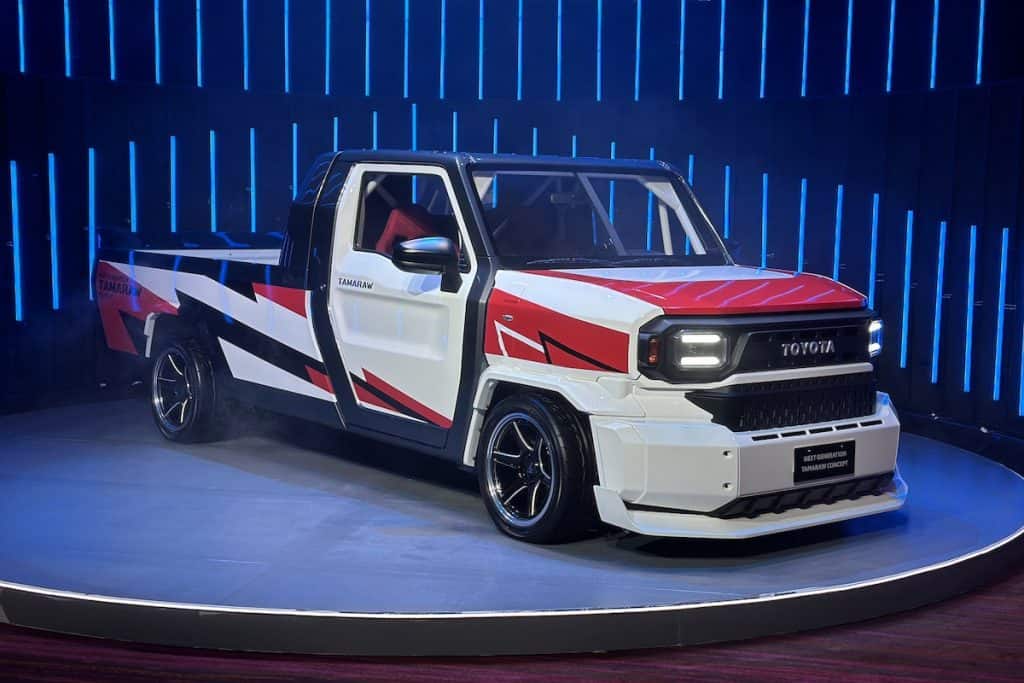
Production is slated to commence in the latter half of the following year, marking a significant milestone for both TMP and the Philippine automotive landscape.
The event was graced by TMP Chairman Alfred Ty and TMC Chairman Akio Toyoda, the latter of whom expressed his delight in the collaboration and what it signified for the region. “I’m very pleased to say that in 2024, for the first time ever IMV vehicles such as this next-generation Tamaraw, will be produced as CBU’s right here in the Philippines at our Santa Rosa plant,” Toyoda stated, a sentiment that was met with resounding applause.
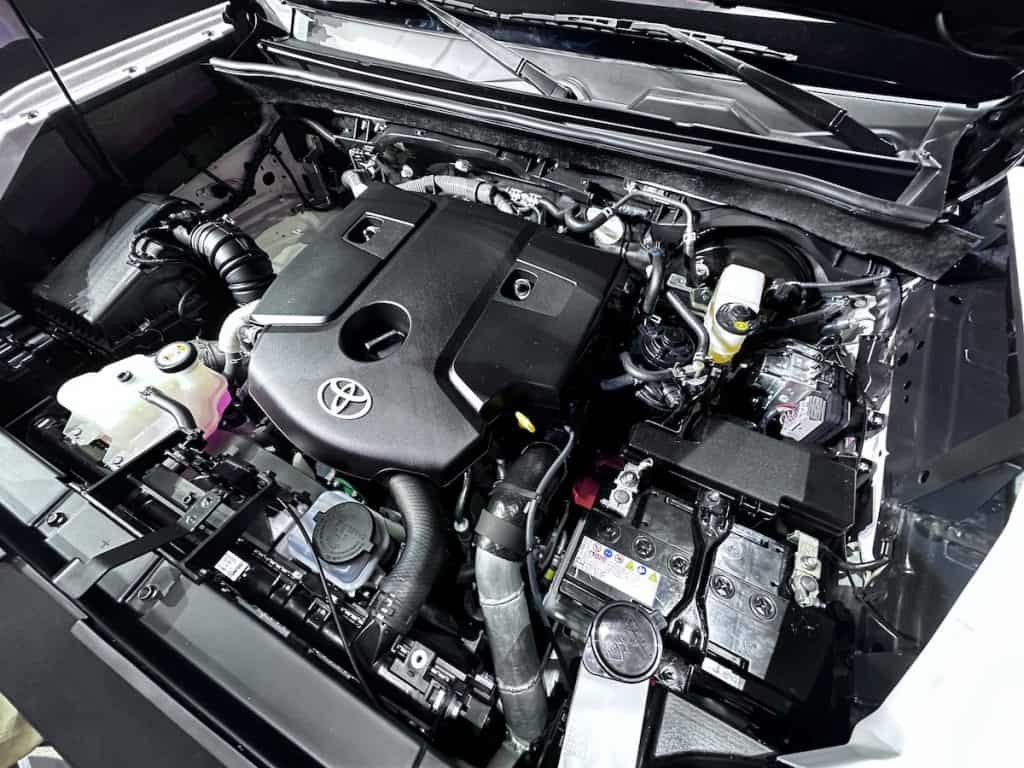
The IMV 0 concept, showcased at the event, offered a tantalizing glimpse into the future. This concept, with its adaptable body akin to a set of Legos, demonstrated the versatility of the upcoming Tamaraw. With the IMV 0 platform evolving from the same chassis that underpins the robust Hilux, the versatile Fortuner, and the beloved Innova, expectations were set high for the Tamaraw’s performance and durability.
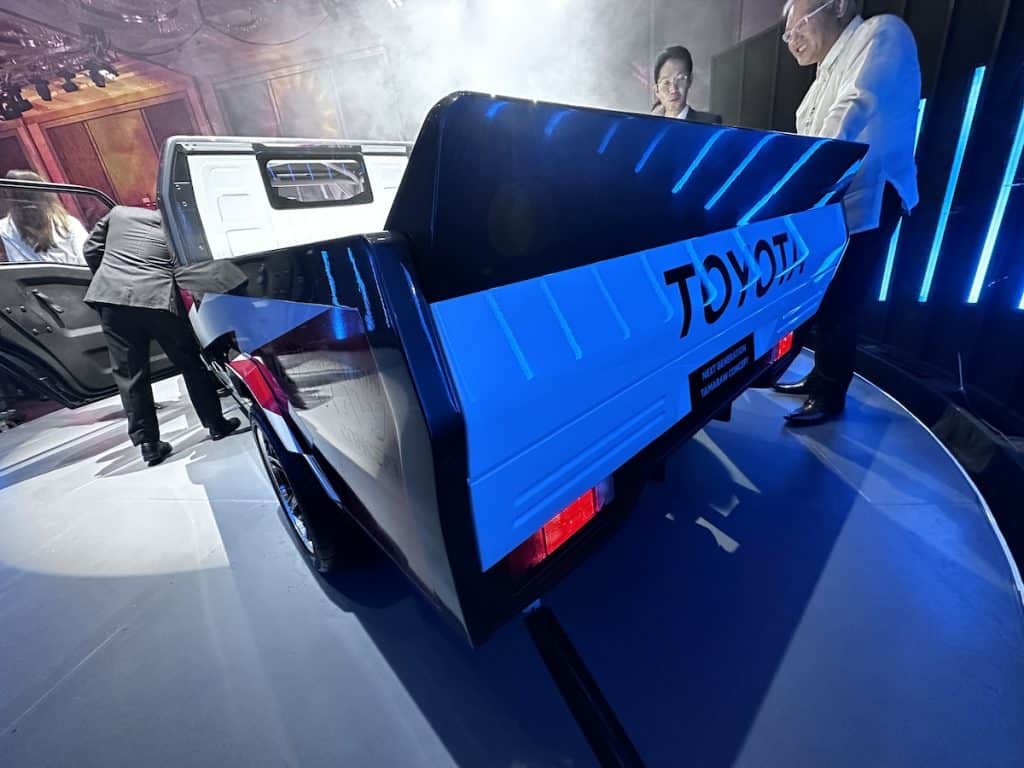
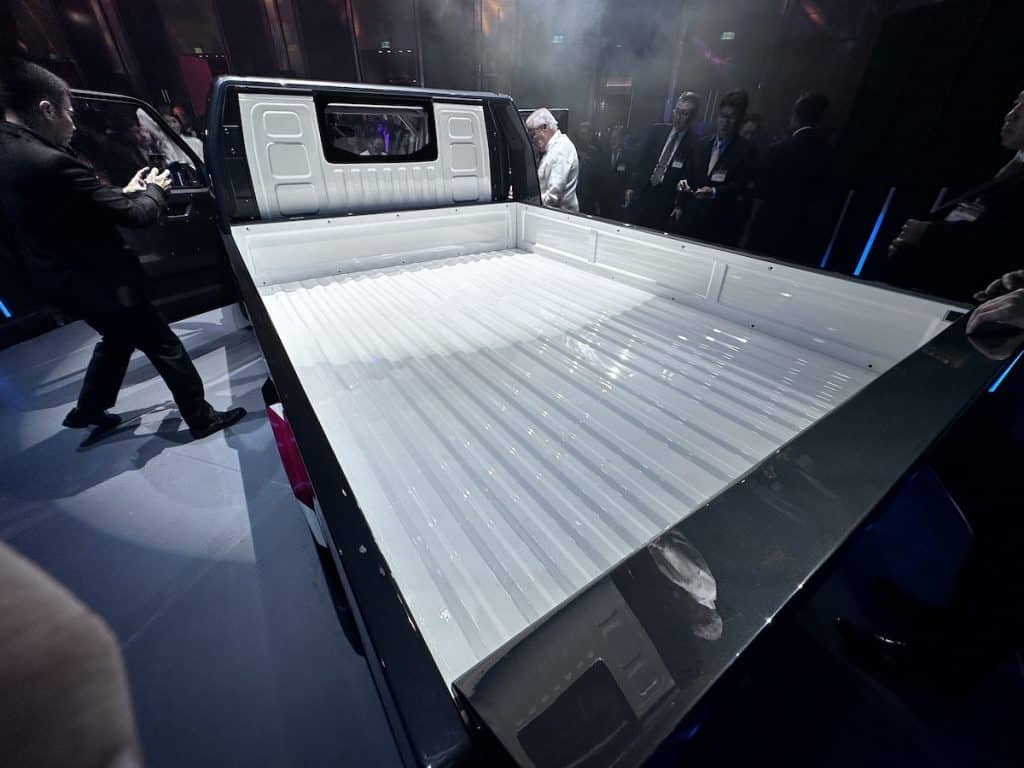
Two iterations of the IMV 0 concept graced the celebration. One embodied the spirit of modernized jeepneys, boasting multiple seats, a high roof, and emergency exits. The other took the form of a rugged flatbed pickup truck, showcasing the Tamaraw’s potential to cater to diverse needs. Both sported a single-cab setup and a rugged front fascia that echoed the vehicle’s reputation for toughness.
Details of the next-generation Tamaraw remained mostly shrouded. The resurrection of a beloved icon combined with Toyota’s commitment to innovation hinted at a new chapter of reliability, adaptability, and enduring legacy. With eyes firmly fixed on the future, the countdown has begun for the Tamaraw’s return to the roads it had once conquered.
As I see it, it’s a step headed the correct destination, reflecting what our country needs right now: Progress.


